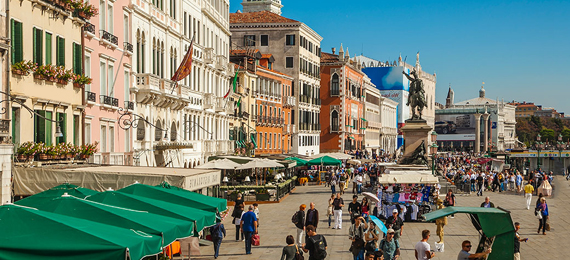
One of the simplest and oldest forms of human transportation is walking. The street crossing and walking through a few blocks seem inconvenient nowadays. Walkability describes how friendly a neighborhood or a city is to people. It is the most efficient ground transportation in urban areas. Walking is the cheapest transportation form that provides affordable transit to all people. Walkable cities lead to healthy and happy lives for people with safety. Let’s go through the benefits of living in a walkable city and how to make walkable cities in this blog.
Benefits of living in a walkable city
Walkable cities are beneficial for most individuals living in specific areas. There are various factors contributing to walkability in urban areas. A few of the characteristics of a pedestrian-friendly city are specified below.
Improves social interaction
The frequency of information interaction among citizens rises in a walkable environment. You can interact with more people once you’re on foot. The physical appearance of the street impacts your social life highly.
Is the statement True or False: Walkability describes how friendly a neighborhood or a city is to people.
- A. True
- B. False
Promotes better lives
Staying in walkable spaces allows various benefits for every age group and ensures they live longer. Waking to school enhances independence among students. Everyday walking is a considerable exercise for each individual. All these are the essential design elements that promote walkability in cities.
Increases health
More than 50% of people living in walkable areas attain physical activity targets. However, 20% of people living in less walkable spaces achieve low physical strength. So, walking improves the physical and mental fitness of people who stay in walkable cities. All the above details are benefits of living in a walkable city.
How to make walkable cities?
Most American cities offer shorter intervals in traffic signals and provide safer sidewalks. Now, let’s examine the factors that make walkable cities.
Safety
Creating a pedestrian-friendly environment in urban areas is vital. Pedestrian protection from bicycles and other automobiles is offered in walkable cities. Also, it supplies accurate time to cross the intersection without any delay. Physical separation from fast-moving vehicles is available in walkable cities giving you more safety.
Accessibility
All individuals can easily access the pedestrian environment as much as possible. Moreover, you can attain affordable houses at various income levels in walkable cities. Hence, the accessibility to all living essentials is acquired easily by each person. It is improving walkability in cities through infrastructure and policies.
Comfort
It deals with negotiable and secure paving materials for community and individual interactions. Sidewalks have several uses in a walkable city. The proximity to workplaces and schools which are accessible by foot gives you better comfort.
Attractiveness
Well-maintained, efficient, and clean surroundings attract most people to walkable cities. Furthermore, adjacent activities and storefronts allow sidewalk interest.
Walkable environments are friendly to the presence of individuals shopping, enjoying, living, or spending time in a specific area. It is an immense recreational activity that drives you to be more healthy.